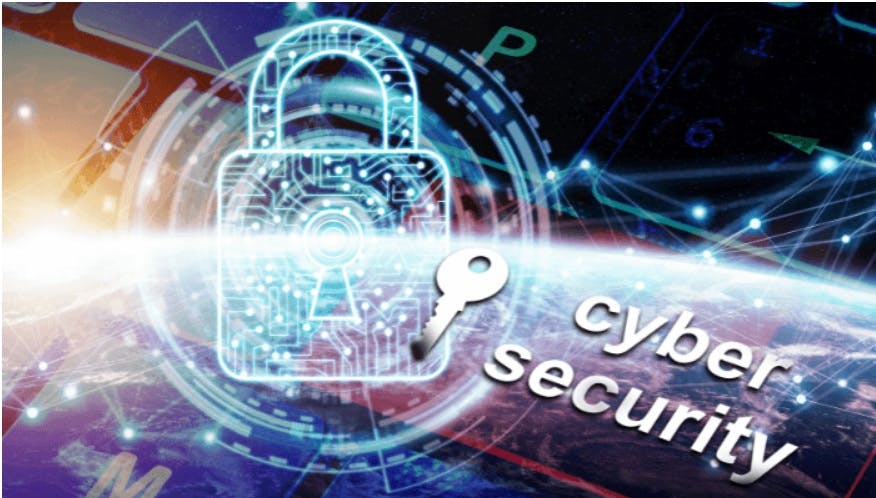The development in technology has given birth to various breeds of AI, one of which is the Agentic AI, which not only answers questions but also acts. These agentic AIs can autonomously make and take decisions, as well as plan and achieve goals. The advent of this technology opens a world of productivity, offering autonomous assistants, fetching and reconciling data, and creating brand-new security vulnerabilities. Before now, the conversation about agentic AI was theoretical, but it is now practical. However, because of how they are manipulated by attackers, there is a need for playbooks that are both technical and realistic to combat attackers’ strategies.
Why agentic AI changes the security equation
The primary threat that traditional AI models deliver is inappropriate or unwanted outputs, primarily due to what they are prompted with. However, with Agentic systems, autonomy, goal-oriented behaviours, perception and reasoning, learning and adaptation, as well as interactivity are added based on the feedback of the changing environment. For instance, an agent can chain actions through logging into a dashboard, extracting data, and calling external Application Programming Interfaces (APIs), without human intervention. However, a misconfigured agent can propagate a mistake at machine speed; a compromised agent can become a stealthy pivot point inside a corporate network.
Practical pillars of modern agentic AI security
For effective security of agentic AI, organizations' information security teams should adopt a three-part, pragmatic framework including threat modeling, safe runtime controls, and auditable governance.
1. Threat Modelling
The need to model the worst-case scenario before an agent is handed a credential or an API key is critical. This is because issues affecting the reach of the agents and the services that can be compromised by their activities, which could lead to catastrophic change, need to be examined. The appropriate antidote to this is good threat modeling capable of mapping the action graphs, which enable one to see transitive risk. This approach has been proposed by many researchers and industrial experts in recent times, who have also emphasized the importance of threat modeling and runtime protections as best practices for agentic safety.
2. Permissions and Human-in-the-Loop
Agents must operate with least privilege and with time-bounded access. Activating these tools is necessary to ensure that privileges and access are granted to the right individuals in conformity with their roles, and this allows agents to request credentials directly. While these tools are required to be well secured, they also help agents to complete all relevant tasks without exfiltrating secrets, such as secure autofill or brokered access.
3. Auditing
To further secure agentic AIs, the logs and traces in the system must be executed by agents in a multi-step sequence. This will allow the agentic AI to not just record the API calls but also to achieve the high-level goals of the agentic AI and pursue internally generated plans. All these are essential for post-incident forensics and for the control processes to be performed by the compliance teams of a typical organization. This further attests to why OWASP security guidelines provide guidance on agentic threats and emphasize the need for traceable decisions and mitigations around non-compliance issues during auditing.
Real-world patterns that work
Many patterns have been identified as practical and implementable steps to secure agentic AI, and some of these are highlighted below. One of such pattern is capability gating, which allows narrowing agentic AI actions and provides approvals for path escalation. In addition, there is the monitoring of unusual goal drift and automatically pausing agents that are deviating from them. Lastly, the probing of agent workflows is conducted in the same way security Red Teams test microservices for adversarial testing purposes. It is therefore imperative for information security teams in organizations to stop treating agents like a black box and refrain from granting broad and persistent credentials simply because it is easier.
The Ethical and Human Side
The benefits that agentic AI provided in the ways it acts have positively impacted the AI advancement. However, due to their possibility of losing human control through pursuing goals in unintended ways, ignoring ethical values, and finding it difficult to override their actions once deployed, the agents' technology should be augmented in a manner that ensures human oversight is in place. If this is not properly put in the right perspective, questions such as 'Who signs off on an agent’s actions?' and 'How do you keep humans accountable without strangling innovation?' will always remain unanswered. Therefore, to ensure that both the ethical and human sides are fully involved in agentic AI, the following must be checked:
- Mapping the agent’s action graph and identifying high-impact touchpoints.
- Vaulting all credentials and providing ephemeral tokens via a broker.
- Enforcing least privilege and short token lifetimes.
- Running adversarial tests that simulate agent compromise.
- Adding a human approval gate for any action that changes production or moves funds.
Conclusion
Agentic AI is already reshaping how work gets done sooner than we all expected. While there are a few challenges already orchestrated by the malicious attackers, the right approach isn’t to stop the innovation of agentic AI, but to engineer practical guardrails that let agents be valuable and safe. The future we want is one where agents automate the everyday tasks, where security teams sleep soundly, and where the human in the loop remains the final steward, and this is what agentic AI provides. Therefore, while AI handles execution, humans must still oversee strategic decisions to ensure ethical trading practices and prevent unintended consequences.


